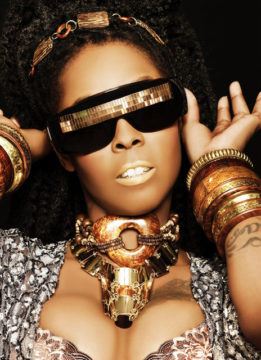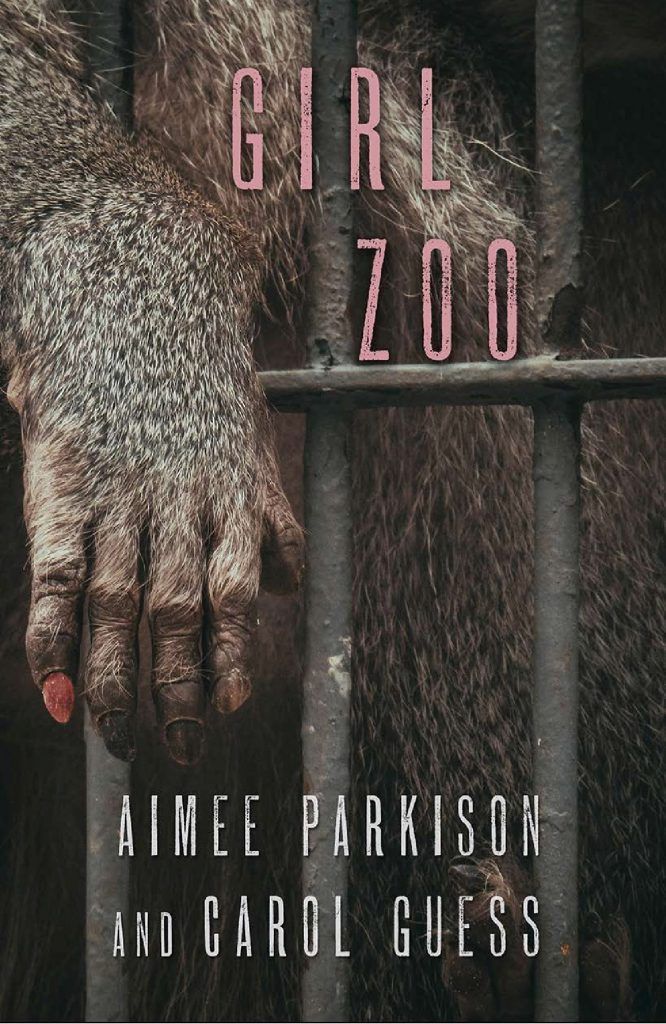by Andrea Scrima
1. Bloodthirsty

I have a morbid personality; sometimes I stay up late at night, googling serial killers and rapists. In the light of the computer screen, scrolling through articles on websites published by amateur sleuths, I feel the dark pull of the unspeakable deed. But my fascination isn’t for the blood and gore; there is no thrill bubbling up inside, no voyeuristic kick. Nor am I moved by an urge to understand the killers’ psychological predicament or the geometry of their desire. The pull I feel is not toward their person or otherwise banal lives, but that point of no return when the not-yet-killer gives in to the irresistible urge, forfeits his allegiance to society, and defects to the other side. How strong does that urge have to be?
I worry. The brain is an organ, it’s unreliable, prone to illness; a sick brain thinks sick thoughts. There was a point in the killer’s life, I think, when he or she hadn’t yet committed the crime, a point when it would have been possible to stop and reflect on the inevitable consequences—not a life of adventure and freedom, but the monotony of prison, of incarceration and boredom, isolation, enforced celibacy. Could this happen to me—could something push me over that tipping point, and I’d find myself a moment later in a foreign land? I am horrified by physical violence; a bloody scene in a movie makes me turn my head away. The mirror neurons in my body tingle in response when I see someone else’s wound. What happens to people who lose this visceral reaction, who grow numb and enter a realm in which the divide between the self and the other is so absolute that they live as though in a vacuum, sealed off, in communion with their darkest compulsions, indifferent to the living reality of another human being’s existence?
I scroll through reports of repulsive deeds: the Danish inventor who murdered the young journalist who came to interview him because he was convinced that the rush he would experience at the very moment he was annihilating her would be superior to all the orgasms he’d had previously; the Coloradan who strangled his wife and smothered his two children in the expectation that the life he would then be free to live with his girlfriend could be happy and carefree, unencumbered by child support payments and filled with the real-life equivalents of the emojis and exclamation marks that decorated his love letters to her. Unremarkable, contemptible people on nearly every level. In the first case: megalomania and a history of power issues and abusive relationships; in the second, murderous intent hidden behind a mild-mannered demeanor and a stupidity so dumbfoundingly obvious that the footage of his interrogation at the hands of a brilliant woman detective deftly guiding him toward claims that proved effortlessly refutable is almost a pleasure to watch. And yet: there’s something I’m not getting. What is it that draws me in? Read more »

 which it affects everyday German speech will only become apparent in hindsight, after its traces are already securely imbedded in the language. In Europe, the immigrant presence rarely finds acknowledgement in high culture, but you can see it wielding its influence on popular culture in subversive ways. The Turkish ghetto identity, which developed in response to the discrimination a younger, German-born generation of second- and third-generation migrant worker families continues to face there, particularly in the wake of German Reunification and the deadly xenophobic attacks that followed, has always identified heavily with Black American subculture. The Turkish-German assimilation of Hip Hop and Rap was seamless: it gave them a language, dealt embarrassing blows to German political correctness and its many blind spots, incorporated taboo themes otherwise held to be racist, sexist, or anti-Semitic, and posed questions that cultural commentators, at a complete loss, are still largely trying to evade.
which it affects everyday German speech will only become apparent in hindsight, after its traces are already securely imbedded in the language. In Europe, the immigrant presence rarely finds acknowledgement in high culture, but you can see it wielding its influence on popular culture in subversive ways. The Turkish ghetto identity, which developed in response to the discrimination a younger, German-born generation of second- and third-generation migrant worker families continues to face there, particularly in the wake of German Reunification and the deadly xenophobic attacks that followed, has always identified heavily with Black American subculture. The Turkish-German assimilation of Hip Hop and Rap was seamless: it gave them a language, dealt embarrassing blows to German political correctness and its many blind spots, incorporated taboo themes otherwise held to be racist, sexist, or anti-Semitic, and posed questions that cultural commentators, at a complete loss, are still largely trying to evade.